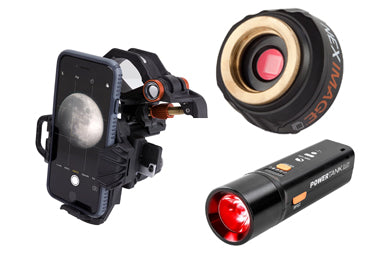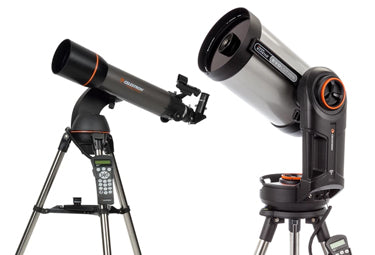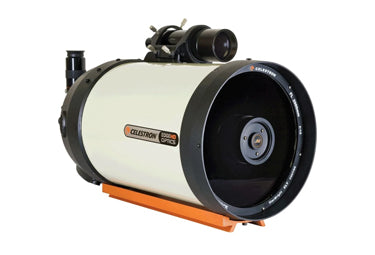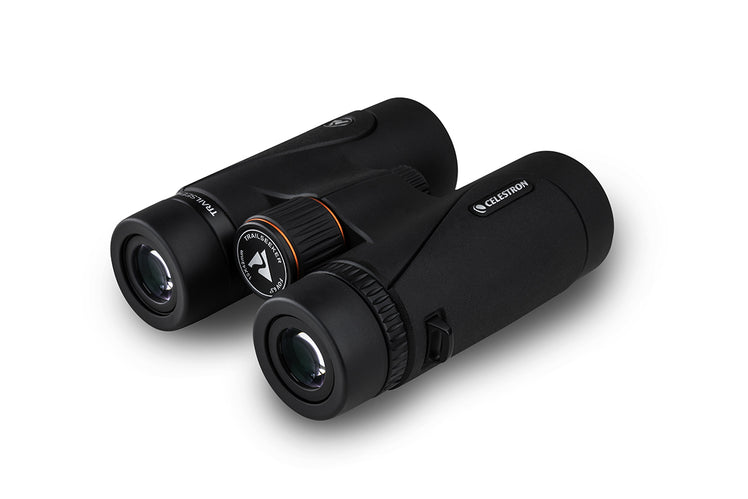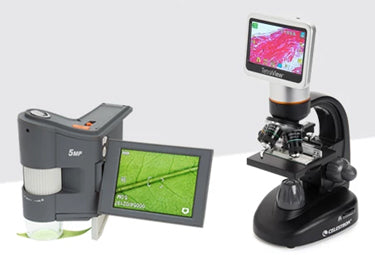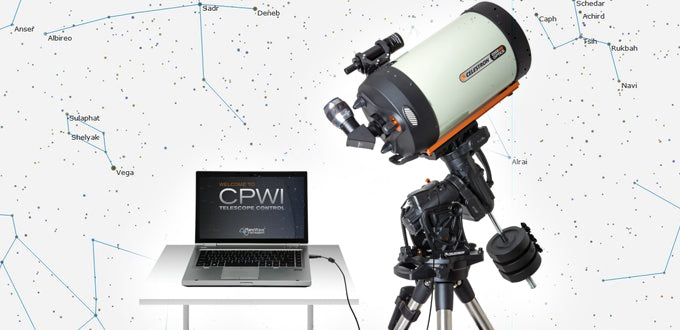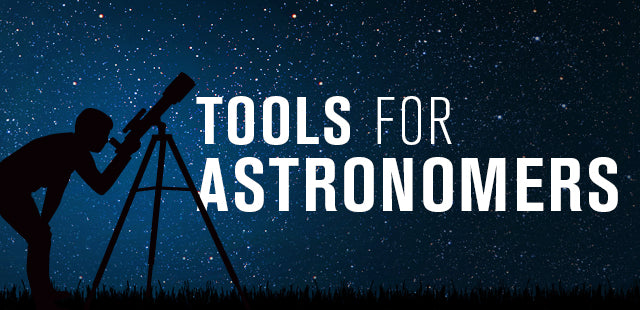What's the Difference Between a Finderscope and a Polarscope?
December 23, 2024

While a finderscope and a polarscope may look similar—they're both small, palm-sized telescopes—they serve very different purposes when it comes to using your telescope setup. Let's break down the key differences between these two useful tools and how each plays an important role in your observing experience.
What is a Finderscope?

A finderscope is used to help you aim your main telescope at your desired target. It's mounted on the main telescope tube using a bracket, making it easy to access while you're observing. Finderscopes are an essential tool for locating objects in the night sky, especially when using high-magnification eyepieces that provide a narrow field of view. To learn more about finderscopes and how to choose the best one for your telescope, check out our detailed guide.
What is a Polarscope?

A polarscope, on the other hand, is used to align the polar axis of an equatorial mount with the celestial pole. This alignment is crucial for accurate tracking of celestial objects, especially during long-exposure astrophotography. Once the mount is aligned with the pole, the polarscope's job is done.
Polarscopes are typically mounted either inside the mount’s hollow polar axis, as is the case with mounts like the Advanced VX or CGEM II, or on a temporary bracket attached to the side of larger mounts like the CGX or CGX-L.
If your polar scope uses a temporary bracket, you should remove the scope and bracket after polar alignment to prevent it from getting in the way or being damaged when the mount slews to objects.
Key Takeaways
- Finderscope: Helps aim your main telescope at your chosen celestial object. It stays mounted and is used throughout your observing session.
- Polarscope: Helps you align the polar axis of your equatorial mount with the celestial pole. It is not used during regular observing.

